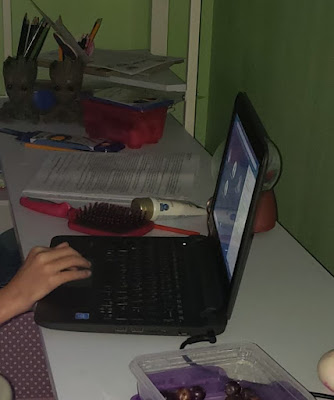We Could Be Doing Something "Immoral"

Former Mason Crest Elementary School principal Brian Butler shared with me an article by Catherine Lough in TES that relates an opinion made by education professor Dylan William. William basically describes the current curriculum in England as designed for the fastest learners such that at the end of the school year, one in five students might be able to digest it while the rest would not. William further characterizes this as logically consistent but immoral. Facing a content-heavy curriculum, there is no more time and space left for either assessment or feedback. As schools have gone into distance learning, this issue becomes even more relevant. Fairfax county, for instance, has continued to send learning packets to its students. Homes have already received five weekly packets. These packets may appear useful at first glance, but without feedback from teachers, all of these may just end up as busy work. With most teachers unable to see any of the work, if children are actually readin










